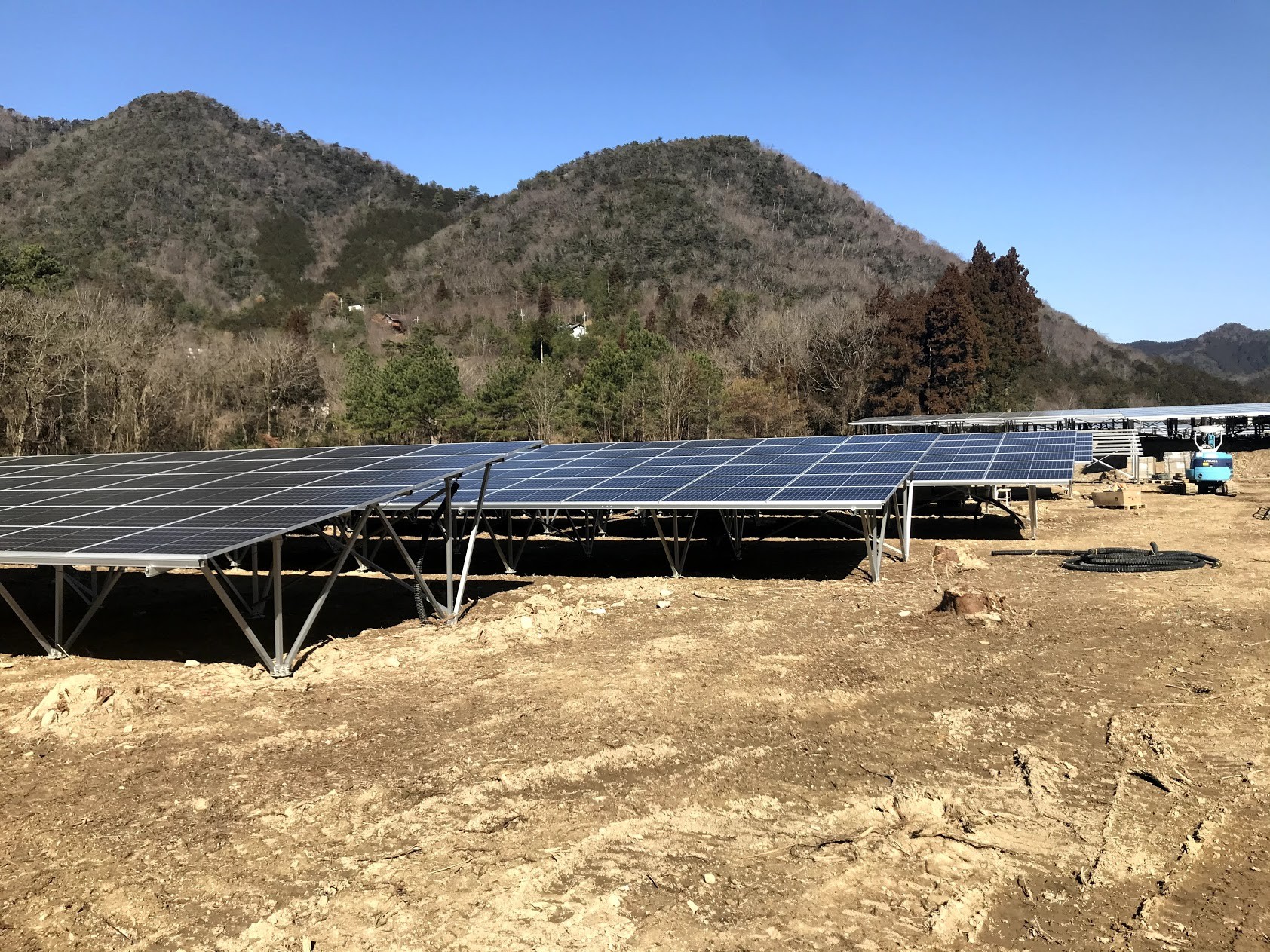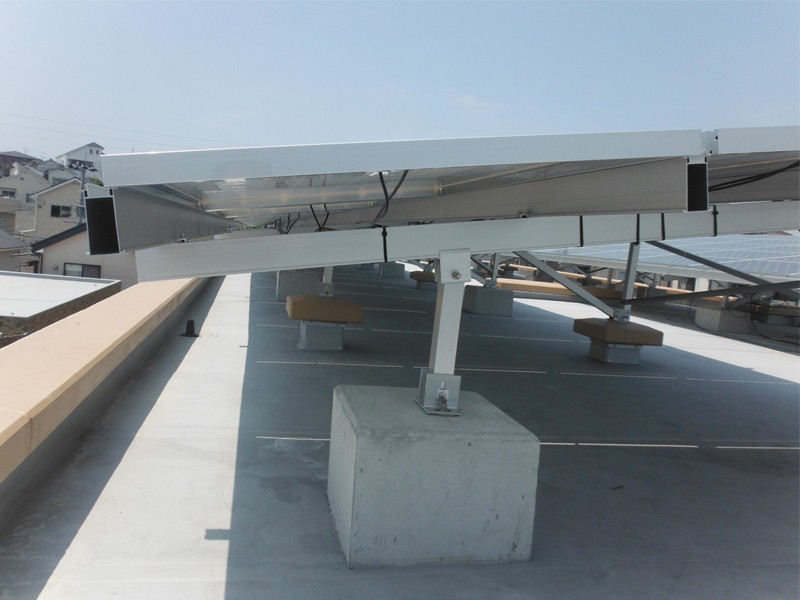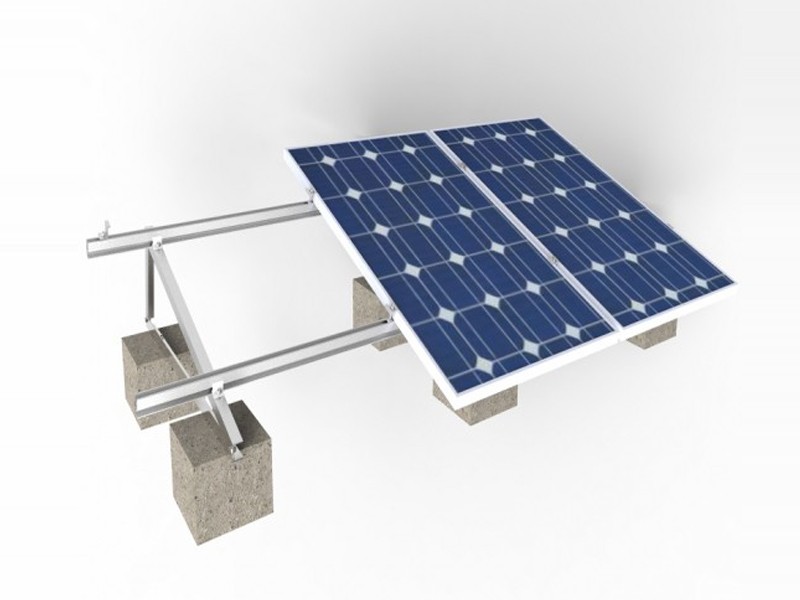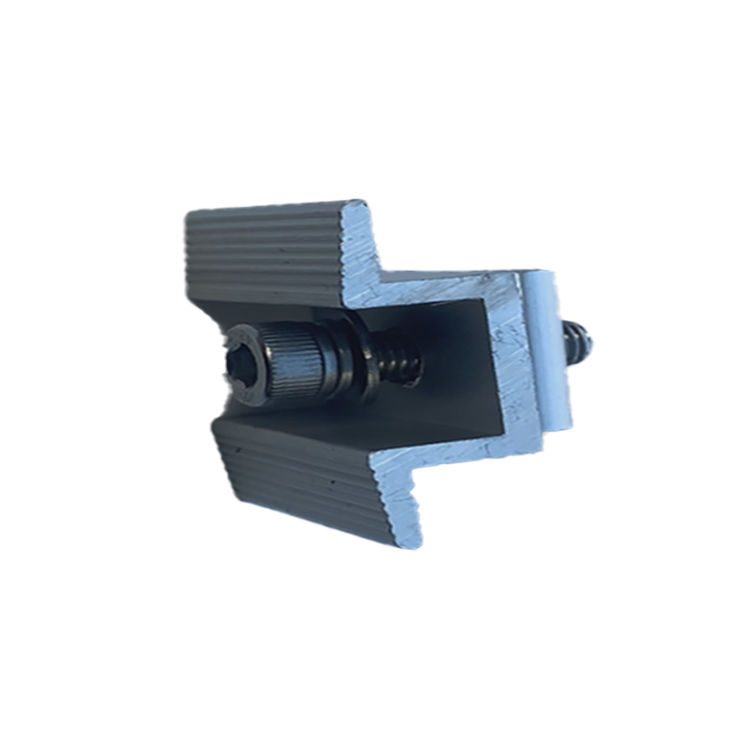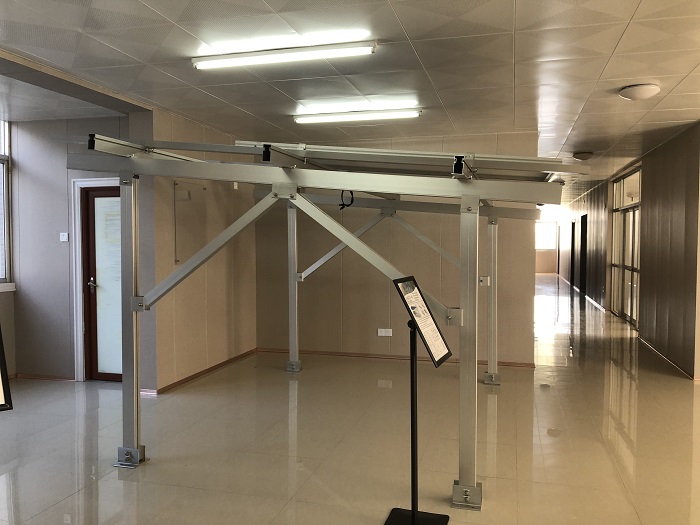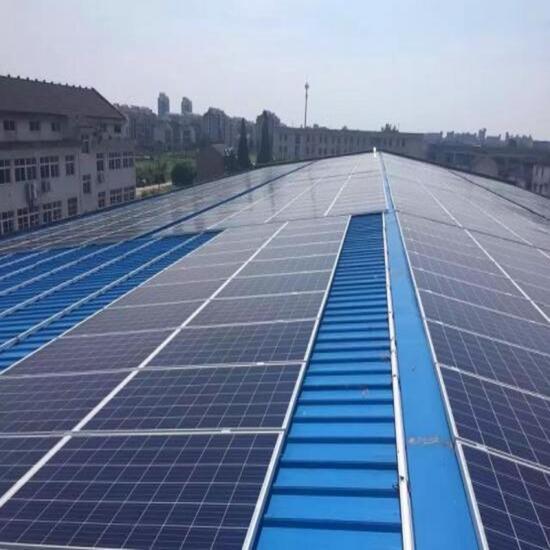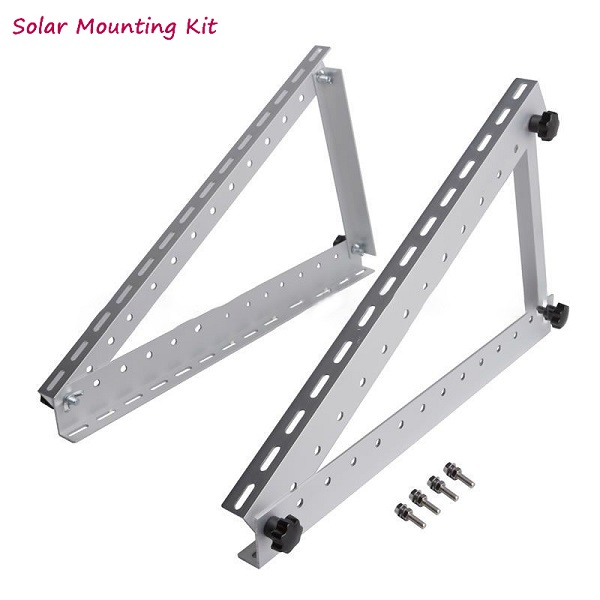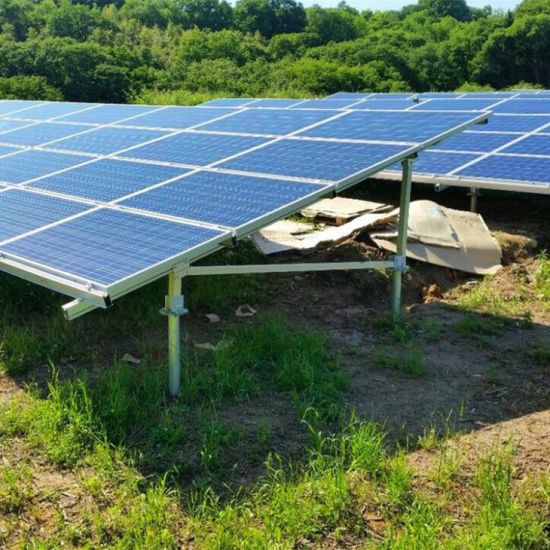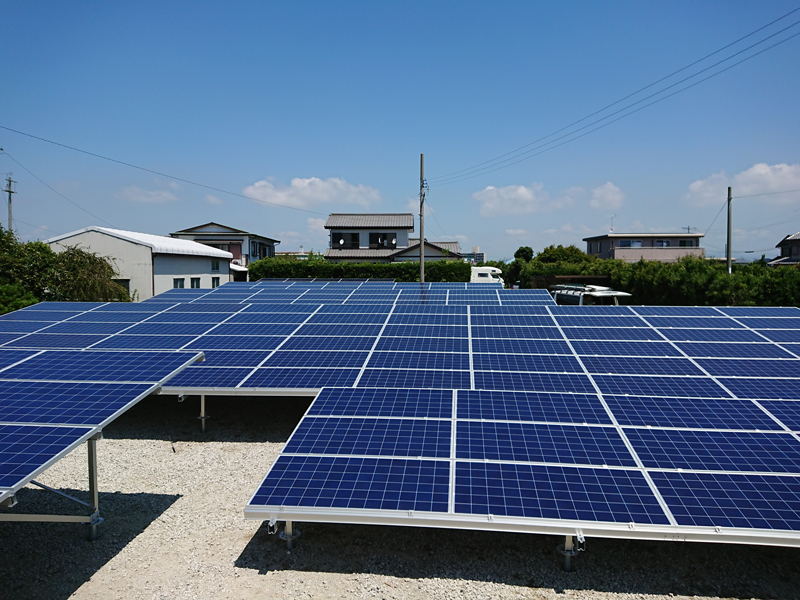Utility solar projects are not just a trend but a growing cornerstone of the global energy transition. As of 2023, utility scale solar installations accounted for approximately 70% of new solar energy capacity worldwide, a clear indication of their increasing importance in the clean energy transition.
These large-scale solar projects, typically larger than 5 MW, feed electricity directly to the grid, supplying power to thousands of homes and businesses. The sheer magnitude of these solar installations, often sprawling across hundreds or even thousands of acres, presents a set of solar design, engineering, and execution challenges distinct from those encountered in smaller solar projects.
Robust utility solar design and engineering are vital for successful projects. Poorly designed systems can lead to inefficiencies, reduced solar power output, and increased operational costs. These issues can undermine the financial viability of utility solar projects.
The complexity of integrating utility solar farms into the existing grid infrastructure requires not just planning but meticulous planning and not just solutions but advanced solar engineering solutions to avoid issues like voltage instability and grid congestion. Utility solar engineering expertise is crucial in overcoming these challenges. Read on to learn from our decade of experience in solar design and engineering experience at GreenLancer.
The High Stakes of Utility Solar Design & Engineering
Design and engineering mistakes can be costly financially and in terms of project delays. A study by the National Renewable Energy Laboratory (NREL) found that design errors can increase project costs by as much as 10-20%, primarily due to the need for redesigns, additional equipment, and extended project timelines.
One key challenge in utility scale solar design is optimizing the layout of solar panels to maximize energy capture while minimizing land use and costs. Optimum solar farm layout involves understanding solar irradiance patterns and accounting for factors like land topography, soil conditions, and environmental regulations. In large-scale projects, even small inefficiencies can translate into significant losses. For instance, a 1% reduction in system efficiency can translate to losing millions of dollars over the project’s lifespan.
Another critical aspect is integrating the solar farm with the electrical grid. Engineers must ensure that the system can deliver consistent, high-quality power without disrupting grid stability. This requires careful consideration of factors like voltage control, reactive power management, and the impact of solar variability on grid operations. The complexity of these tasks increases with the size of the project and the proximity of other renewable energy sources, which can create additional challenges related to grid congestion and power flow management.
Utility scale solar projects often face regulatory and permitting challenges that can significantly delay project timelines. Navigating these hurdles requires a deep understanding of local, state, and federal regulations and the ability to engage with multiple stakeholders, including utilities, regulators, and local communities.
GreenLancer specializes in solar design and engineering, and our network includes professional engineers licensed in all 50 states. We have experience working with numerous municipalities across the United States for solar permitting. Create a free account to begin shopping for solar plan sets, interconnection applications, and engineering stamps.
Site Selection & Land Use Challenges in Utility Solar Design
Site selection and land use are both critical and challenging aspects of utility solar design, requiring a careful balance between optimal solar exposure, environmental constraints, and regulatory compliance.
Identifying Optimal Solar Farm Sites
In utility solar design, selecting the right site is crucial to the project’s success but comes with significant challenges. One of the primary considerations is finding a location with ideal solar irradiance—areas that receive abundant sunlight throughout the year. However, these locations must also have minimal environmental constraints, such as avoiding areas with protected wildlife habitats or sensitive ecosystems, which could complicate development.
Finding available land is another critical challenge. Utility solar projects require vast tracts of land, often spanning hundreds to thousands of acres. This need for large, contiguous land parcels can lead to conflicts with other land uses, such as agriculture, urban development, or conservation efforts.
Competing land uses can boost land acquisition costs and limit suitable utility solar project site
options. Topographical limitations, such as uneven terrain or poor soil conditions, can increase construction costs and complicate solar panel installation, mounting systems, and other infrastructure.
Environmental and Regulatory Hurdles
Utility solar engineers must also navigate complex environmental and regulatory hurdles. Thorough environmental assessments are essential to ensure compliance with local, state, and federal laws, but this process can be time-consuming and costly.
Environmental impact assessments (EIAs) are often required to evaluate potential effects on local wildlife, water resources, and vegetation. These assessments can reveal issues requiring project redesigns or mitigation strategies, further complicating the utility solar design process.
Meeting regulatory standards is another major challenge in utility solar engineering. Each jurisdiction may have different land use, permitting, and grid interconnection requirements. These regulations can be stringent and involve multiple layers of government oversight.
For instance, federal regulations might protect endangered species on potential sites, while state and local governments may impose zoning restrictions or require community approval before development can proceed.
Navigating these regulations requires technical expertise, effective stakeholder engagement, and a clear understanding of legal requirements. Not complying with these regulations can result in delays, increased costs, or even cancellations.
Utility Solar Design Complexity & Technical Constraints
Utility scale solar design involves navigating complex technical constraints to optimize solar array efficiency and ensure reliable electrical integration.
Solar Farm Layout and Configuration
In utility solar design, the layout and configuration of the solar array are critical to maximizing energy production and efficiently using available land. Utility solar engineers must carefully balance the need for optimal solar exposure with land use efficiency and structural limitations.
One key challenge is managing shading, which can significantly reduce the solar energy production. Proper row spacing between solar panels is essential to minimize shading without unnecessarily expanding the project’s footprint.
Another challenge is dealing with uneven terrain, which complicates the installation of solar modules and their mounting systems. Utility solar engineers must account for variations in elevation and soil conditions, which can affect the stability and alignment of the panels.
In some cases, grading or terracing the land may be necessary, adding complexity, site disturbance, and cost to the project. Additionally, the layout must consider factors like wind load and access for maintenance, further complicating the design process.
Electrical Design Complications
Electrical design in utility solar engineering involves integrating critical components like inverters, transformers, and utility substations within tight design parameters. One of the big solar design challenges is addressing voltage drop, which occurs when electricity travels long distances from the solar farm to the point of interconnection. Engineers must carefully design the wiring and select appropriate conductor sizes to minimize voltage drop, ensuring the system delivers the expected solar energy output.
Load balancing is another crucial consideration in utility solar design. Solar engineers must ensure that the electrical load is evenly distributed across the system to prevent overloading any single component, which could lead to equipment failure or lower efficiency. This requires precise calculations and careful equipment selection to match the photovoltaic system's capacity.
Power quality is also a key concern in utility solar engineering. Fluctuations in power output, especially during cloudy conditions or at sunset, can affect grid stability. Engineers must design the system to include voltage regulation and reactive power control to maintain consistent power quality. Integrating inverters and transformers into the system design is critical in managing these issues, as they convert and step up the voltage to meet grid requirements.
